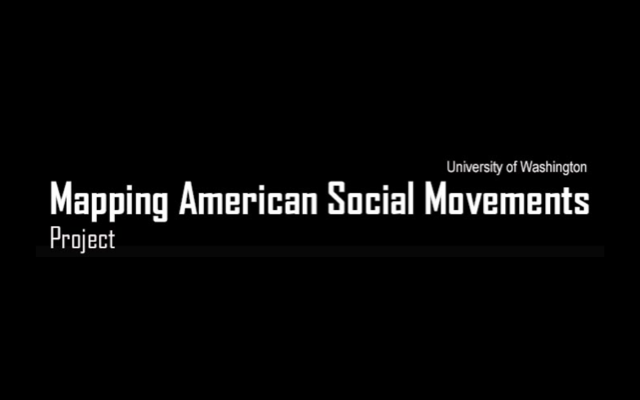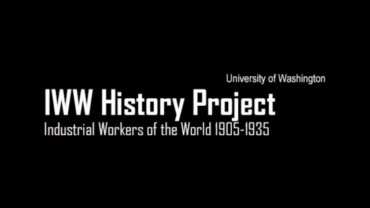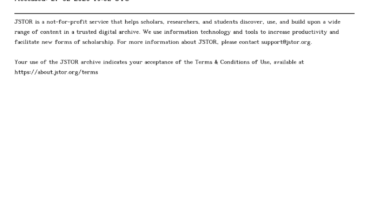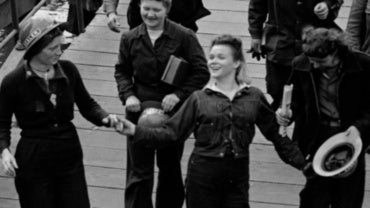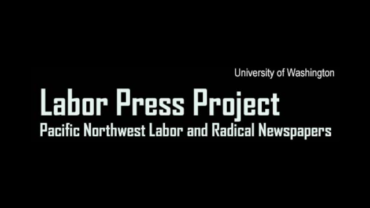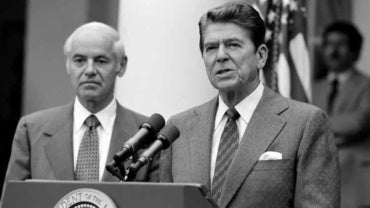The CIO transformed American labor and American politics. Defying the American Federation of Labor’s commitment to craft unionism, the Committee for Industrial Organization was established in 1935 by leaders of the United Mine Workers and other AFL unions who embraced industrial union organizing strategies. The goal was to build unions in core industries like steel, auto, aircraft, electrical appliances, meat packing, tires, and textiles that had blocked organizing efforts at every turn.
Led by John L. Lewis, head of the coal miners union, and initially financed by the UMW, with help from the Amalgated Clothing Workers (ACWA) and International Ladies Garment Workers (ILGWU), the CIO sent hundreds of organizers into the industrial cities of the Northeast and Midwest, achieving a breakthrough victory in the Flint sitdown strike against General Motors in early 1937. But tensions within the AFL exploded that year. Expelled from the federation, the CIO changed its name to the Congress of Industrial Organizations and began a contentious rivalry with the AFL that lasted until 1954 when the two federations reunited as the AFL-CIO.


